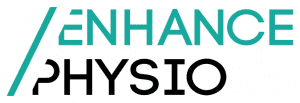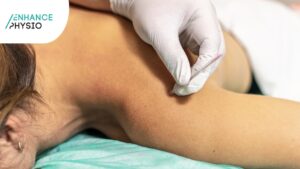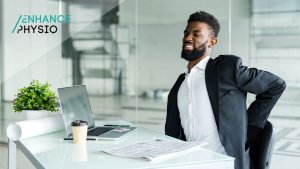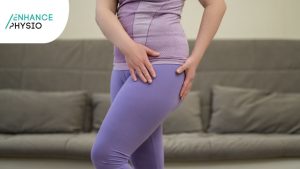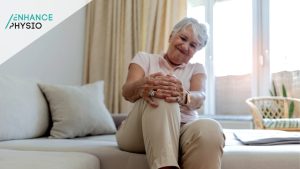Scoliosis is a sideways curvature of the spine.
The way to detect scoliosis is to look for it, as it usually does not produce symptoms. Signs of a scoliosis:
- Differences in left and right shoulder height
- Rib cage asymmetry
- Deeper waist on one side
- One hip more prominent
- Uneven shoulder blades
- Shift of the trunk to one side

Picture from: https://www.scoliosis-australia.org/policies-programs/self-detection-fact-sheet/
Who gets Scoliosis?
2-3% of girls will have a degree of scoliosis but of these, only 5-10% will need any treatment. Scoliosis is 7 times less common in boys than girls. It tends to run in families so if its detected in one family member, its best to check the other children too.
Types of Scoliosis:
There are two forms of scoliosis; postural and structural.
A postural scoliosis is a curve that is due to not standing straight due to pain, unequal leg length or slouching. This type of scoliosis can be self corrected
A structural scoliosis is a curve that bends to the side and also rotates on its vertical axis. These curves often have cosmetic and physiological changes that may have long term effects. A structural scoliosis does not self correct.
Types of structural Scolioisis
Idiopathic: a curve in the back with no known cause. These types of curves are named according to the age when they are identified.
- Infantile: children under 3yo
- Juvenile: children aged 3-9yo
- Adolescent (AIS): children aged over 10yo. This is the most common form of scoliosis and is considered a growth disorder as it usually develops during early adolescence between the ages of 10-13yo when growth is most rapid.
Congenital:
Scoliosis may occur secondary to anomalies in the vertebral column. These usually occur in the womb (in utero) and require careful monitoring from an orthopaedic surgeon.
Neuromuscular/ Syndromal:
Scoliosis can occur as part of particular medical conditions such as Duchennes Muscular Dystrophy, Cerebral Palsy, Spinal Muscular Atrophy, Marfan’s and Prader Willi.
Treatment for scoliosis in children
Early detection is key in treating Scoliosis.
Postural scoliosis usually only requires education around behavioural factors such as one shoulder bag carrying and slouching in adolescents.
Adolescent Idiopathic Scoliosis (AIS) in children should be monitored, especially in periods of growth in adolescent years. A physiotherapist will assess the spine and may also provide a stretching and strengthening program to address specific issues. Sometimes a child requires bracing (thoraco-lumbo-sacral orthosis (TLSO)) during adolescence to reduce the progression of a scoliosis. This is suitable for curves 20-40 degrees. It is rare for children with AIS to require surgical intervention, but this is an option for significant and worsening scoliosis in children.
There is no evidence that sport, inactivity, heavy school bags, 1-shoulder bag carrying, slouching or soft mattresses influence a structural scoliosis.
Congenital and neuromuscular causes of scoliosis will be managed on an individual basis in collaboration with a specialist medical team.
Treatment for scoliosis in adults
As an adult, your spine is no longer growing so mild scoliosis can remain unchanged in adulthood. Moderate to severe curves may increase during adult life, especially in pregnancy. A physiotherapist will assess your spine and work with you to maintain flexibility and build strength around your spine. Long term, this aims to reduce the likelihood of worsening of the scoliosis curve, reducing ‘wear and tear’ arthritis in your spine and managing pain if it is present.
Early detection is important for a healthy future!
Please note, this is prepared according to information relevant to Australian scoliosis diagnosis, treatment and management. It may vary from information available internationally, especially the USA.
- Scoliosis Australia
https://www.scoliosis-australia.org/policies-programs/self-detection-fact-sheet/
- Sydney Children’s Hospitals Network
https://www.schn.health.nsw.gov.au/fact-sheets/scoliosis
- Orthotics for young people with scoliosis
https://www.aopa.org.au/documents/item/517
- Scoliosis Exercise and Stretching for Adults
https://www.youtube.com/watch?v=9TWtrCmzaOw
